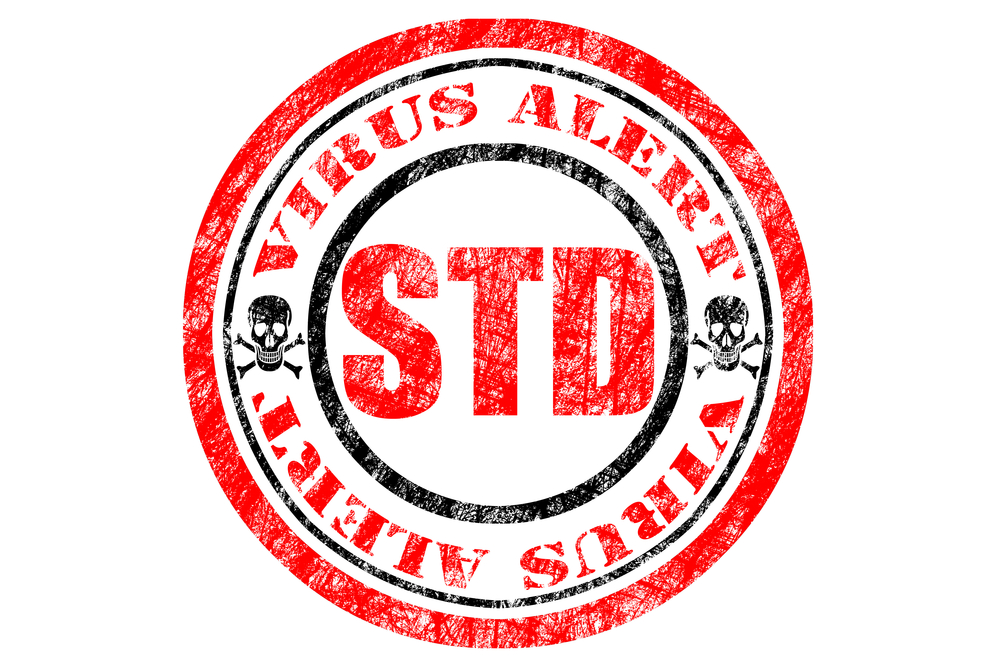An unusual discharge from the penis, any kind of vaginal bleeding, swollen lymph nodes, and tiny sores on the genitals are some of the common symptoms of STD or sexually transmitted diseases. In this blog, you will find different types of STD, their symptoms and prevention methods.
Love, affection, and intimacy are common between happy partners, and all these contribute to a healthy relationship too. Numerous complications create hurdles in the sex life of both men and women. Factors affecting sexual health include fear of unplanned pregnancy, infertility, premature ejaculation, and STD. One of the biggest challenge sexual partners facing these days is sexually transmitted diseases (STDs) that are spreading their wings all across the globe.
STDs are infections that a person can get from having sex with someone who has the infection. Bacteria, parasites, and viruses are some of the common causes of STDs. More than 20 types of STDs persist, and the most common of which include HPV, Gonorrhea, Chlamydia, Herpes Simplex, HIV/AIDS, Syphilis, and Trichomoniasis. STD symptoms vary among different types, but some of the typical symptoms of it include unusual discharge from the penis or vagina, anal itching, soreness, or bleeding, and burning during urination
Must Read : AIDS Awareness
Types and symptoms of STDs:
Image:burning/bleeding while urinating, possible sign of an STD
Symptoms of STD depend on the causative microbe. If the STD is caused due to bacteria, you may have been attacked by Chlamydia or gonorrhea. Each has its own symptoms, and those are as follows:
Chlamydia symptoms:
People with Chlamydia don’t experience any symptoms in the early stages, and this is the primary concern. It usually takes a few weeks for the symptoms to appear and even then, they are mild making them easily ignored. But, ignoring may put you in a troublesome situation. So, seek immediate medical attention in case you experience the following symptoms:
• Pain during intercourse (women)
• Pain in the testicles
• Pain during urinating
• Pain in the lower abdomen
• Vaginal or penile discharge
Also Read: Vaginal Yeast Infections- Causes and Symptoms
Gonorrhea symptoms:
Gonorrhea symptoms can take anywhere from two to 10 days for an appearance, but in some cases symptoms don’t appear even for months. If you believe you may have contracted the infection, watch out for these common gonorrhea symptoms:
• Anal itching
• Swollen or soreness in testicles
• pain while urinating or a Burning sensation
• Unusual menstrual bleeding
• Pain during bowel movements
• Genital discharge
Also Read: Can’t Take Responsibility? Make a Wise Decision and Choose an Effective Birth Control Method!
STD symptoms caused by viruses:
STDs caused by a virus include genital herpes or warts, or HIV/AIDS. Symptoms of each STD are as follows:
Genital herpes symptoms:
Genital herpes is caused due to the herpes simplex virus (HSV). However, most people infected by genital herpes exhibit no symptoms and many ignore them or mistake them for other benign diseases. Refer a doctor, if you experience blisters on or around the anus or genitals.
Genital warts symptoms:
If you perform vaginal, anal, or oral sex with an infected partner, you may become prone to the disease. The common symptoms of genital warts are:
• Cauliflower-shaped clusters in or on anus, penis, scrotum, vaginal walls or cervix
• Irritation or itching in the genital area
• Bleeding during intercourse
• Gray or flesh-colored swelling in the genital region
HIV/AIDS symptoms:
Untreated HIV can lead to AIDS, and the condition is deadly. So, if you constantly feel ill with no clear indications, don’t ignore these problems, instead plan an appointment immediately with the doctor. Some of the symptoms of HIV include:
• Prolonged fever
• Fatigue
• Sore throat
• Headache
• Swollen lymph glands or lymph nodes
• Shortness of breath
• Coughing
• Weight loss
• Diarrhea
STD symptoms caused by parasites:
Symptoms caused by parasites include genital itching, lice eggs in the genital or the pubic region, insect bugs crawling through pubic hair or genitals.
How to treat and prevent STDs?
If the prime reason for STD is bacteria, it can be easily treated with antibiotics. Additionally, if viruses cause the STD symptoms, then the doctor can only control it from spreading, but he/she cannot cure the condition. So, always try to get an early diagnosis of the condition by visiting the doctor and getting the initial treatment.
In order to prevent the condition, you should follow the below mentioned ways:
• Abstain- Abstain yourself from any sexual activity.
• Be monogamous- One of the best and effective way to prevent STDs is to be in a monogamous relationship. Before getting into an intimate relationship, get tested as doing this will protect you both from STDs.
• Use condoms- Make use of latex condoms during sex as it will help you prevent unplanned pregnancy but not altogether contracting STDs.
• Wait and verify- Avoid vaginal and anal intercourse with new partners until you both have been tested for STIs.
• Understand how STD can spread- Educate in order to protect yourself and your partner because being sexually active at a young age tends to increase a person’s number of overall partners. This increases the risk of getting STDs. So, the best STD prevention technique is educating more and more.
• Circumcision- Various studies have proved that male circumcision (surgical removal of the foreskin of the penis) lowers the risk of acquiring STD in men.
Also Read: All about HIV (Human Immunodeficiency Virus) Infection
Conclusion:
If you are sexually active, then you must undergo STD screening test. This will rule out the possibility of the condition, whether you have it or not. Moreover, if you suspect the above STD symptoms in you, rush immediately to your doctor because early the diagnosis leads to early the cure.



